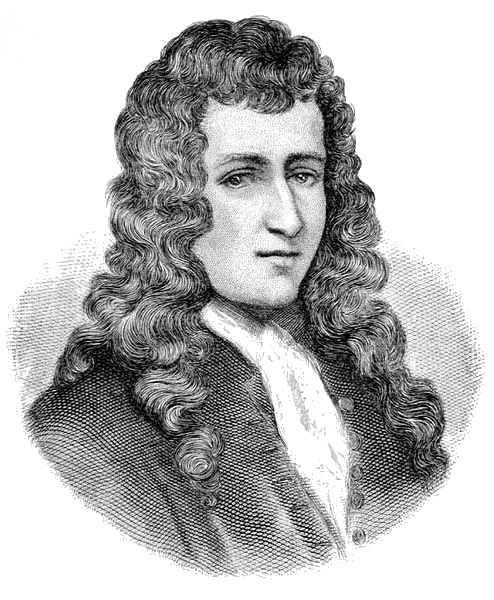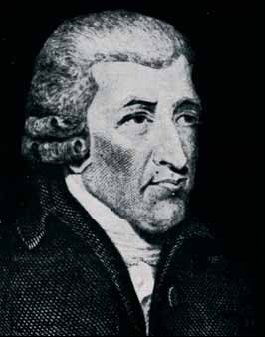 In 1763, the Treaty of Paris was signed ending the Seven Years War between Great Britain and France. One of the articles required that the French give up all their colonies in North America. As such, Spain took control of the vast territory of Louisiana. Seven years later, the French and Spanish secretly signed the Third Treaty of San Ildefonso returning de jure control of the territory to the French, even though it remained under de facto Spanish control.
In 1763, the Treaty of Paris was signed ending the Seven Years War between Great Britain and France. One of the articles required that the French give up all their colonies in North America. As such, Spain took control of the vast territory of Louisiana. Seven years later, the French and Spanish secretly signed the Third Treaty of San Ildefonso returning de jure control of the territory to the French, even though it remained under de facto Spanish control.When Thomas Jefferson, then President of the United States, received news of this retrocession he sent Robert Livingston and James Monroe to France to negotiate the purchase of the city of New Orleans. Their initial overtures were rejected by the French; however, a year later, with the recently signed Peace of Amiens in tatters making a resumption of war between France and Great Britain more likely, Napoleon Bonaparte decided to offer not only New Orleans, but the whole of the Louisiana territory to the United States. Bonaparte realised that the territory would have been a tempting target for the British, and he could use the profits from the sale to fund the war.
Despite opposition in the U.S. the treaty was signed in Paris on 30th April 1803 by Livingston and Monroe on behalf of the U.S. and by the marquis de Barbé-Marbois for the French. The U.S. government made two payments in return for Louisiana: the first for sixty million francs ($11,250,000) and the second of 20 million francs ($3,750,000) would be paid to U.S. citizens to cover claims made by them against the French nation. The U.S. Senate ratified the treaty on 20th October. The Americans took control of New Orleans on 20th December 1803, and the rest of the territory following a formal ceremony on 10th March the following year.
The Avalon Project at the Yale Law School website includes pages dedicated to the Lousiana Purchase, including the text of the treaty.
Related posts
Louisiana claimed for France: 9th April 1682
Treaty of Paris signed: 10th February 1763


























